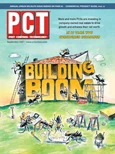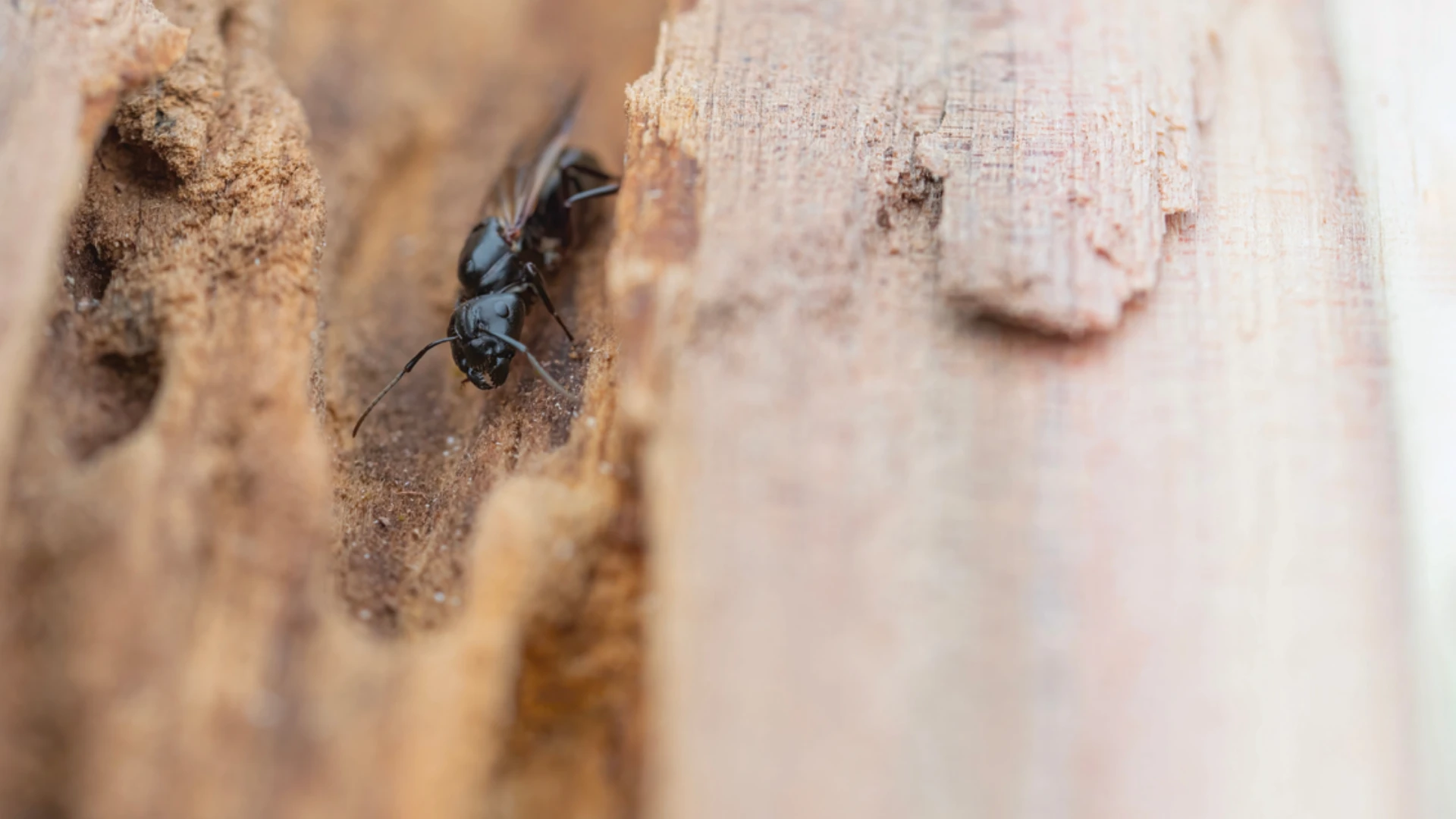After the Sept. 11 attacks in New York City, everything changed. As crews moved in to start the grisly work of clearing rubble and bodies, so did the rats. The workers at ground zero had to contend not only with the overwhelming task of working through the physical destruction and emotional strain, but also with fierce New York rodents looking for food.
After the attacks, the area around ground zero was closed down and put under high security as crews sorted through the wreckage, and the regular PCOs who worked the accounts in and around the World Trade Center couldn’t get in. In an effort to help with the clean-up, Terminix contacted the New York City health department, and offered its services to help control the rat population.
“After the collapse, the rodents would be more of a severe problem,” said Bob Young, then the regional service manager for New York State, who worked with three other Terminix employees at the site.
NO DEFENSE. From Sept. 18 to November, Young, Mike Ayala, service manager; Michael Baessler, formerly division technical adviser; and Michael DelGuidice, formerly a service technician, baited and set more than 1,000 rodent control stations in and around ground zero.
“We responded as quickly as needed,” said Young, now service manager for Terminix’s Northeast division. “Once we got there, it was clear there was a lot of rodent activity in some areas. There was absolutely no defense against them at that point. They were just scrounging, looking for food. Survival takes over, Mother Nature kicks in, and they’ll do what it takes to survive.”
Young said the team’s goal was only to try and control the rat population, which was swelling thanks to major sanitation problems and tons of food that had been abandoned in stores and restaurants after the attacks. The city’s health department had major concerns about the safety of the workers at the site, who Young said were the most helpful in providing locations for rat sightings.
“We know in our typical day-to-day lives sanitation and exclusion are keys to controlling rodents,” Young said. “We didn’t or couldn’t have a handle on the sanitation or the exclusion.”
LONG DAYS. Each morning started at 6:30, with the four men working until 8 p.m. most nights, baiting buildings and burrows. The team started at ground zero, establishing a perimeter of traps that contain anticoagulant bait and slowly moving it out farther and farther, until most of the southern tip of Manhattan was covered.
The city’s health department used a computer program to track the locations of each bait station, and its activity, which helped the Terminix team know where to focus its energies, Young said. But Norway rats weren’t the only pests the men were dealing with.
“There were wall to wall American roaches,” Young said. His team baited the sewers, too. “There were tens of thousands in the actual sewers. As soon as you cracked those open, they had wall to wall American roaches. Obviously, they were prolific.”
PUTTING IT ALL IN PERSPECTIVE. There was a camaraderie among all the people working at the site, Young said. “Because it didn’t matter what you were there to do. If you were there to help, that’s what they looked at. They were happy to see us. They didn’t want to fear getting bit or just seeing a rat.”
Residex, Liphatech and local pest control companies also donated their products and services to help with the recovery efforts, Young said.
“When you put these things in perspective, it definitely changes the way you view life,” he said. “To this day I would do it again.”
The author is assistant editor of PCT magazine.
WTC Rebuilding Update
Construction started July 4, 2004 for the Freedom tower, a proposed 1,776-foot building on the former World Trade Center site in Lower Manhattan. Reconstruction plans call for a memorial to preserve the approximate area where the towers stood. But infrastructure and other development could encroach on the towers’ footprints at bedrock level, which has upset some families of the attacks’ victims, and caused protests at the site.
For more on the rebuilding efforts, visit: www.renewnyc.com, the homepage for the Lower Manhattan Development Corporation, or www.projectrebirth.org, an independent site video taping the reconstruction efforts.

Explore the September 2007 Issue
Check out more from this issue and find your next story to read.
Latest from Pest Control Technology
- Rose Pest Solutions Becomes Official Pest Provider of Chicago Fire FC
- WSPMA Hosts Legislative Day at Washington State Capitol
- A-1 Pest Control Marks 59 years in Business
- Hawaii PCO Shares Regulatory Challenges, Business Impacts from Lahaina Wildfires
- 5 Tips for Reducing Waste in the Office and in the Field
- OvoControl Now Available in Chile
- Envu Announces Savings Programs for Pest Management Professionals
- Follow the Trail





